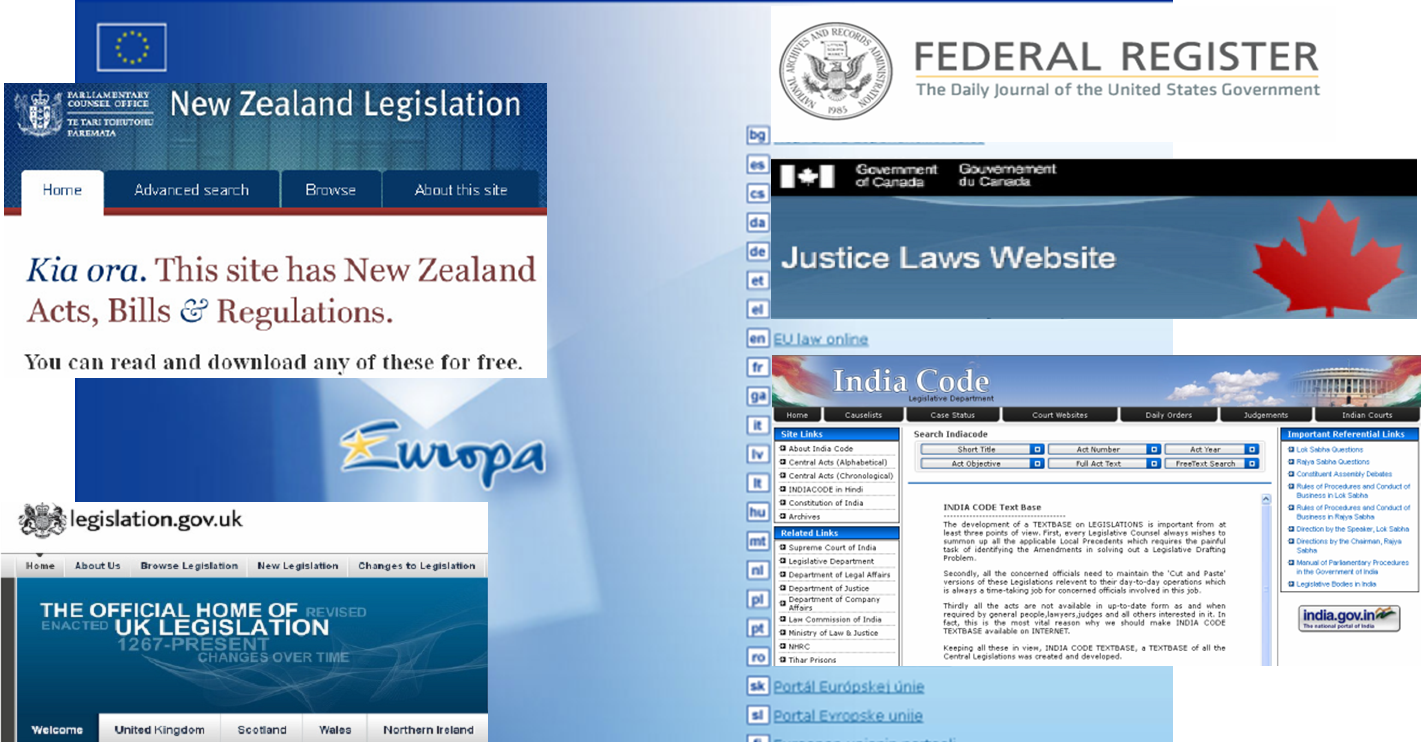Regulatory texts and other forms of normative texts (for instance international norms for management systems, such as ISO 14001) are applicable to sites.
Sites are the physical premises on which activities are conducted and where workers perform their tasks. Premises are operated by an organization which may comprise one or more sites. The nature of work can involve other locations such as a construction site or a vehicle in logistics.
Normative texts use multiple words (employer, highest-ranked individual, operator, management, etc..) to designate the individual bearing responsibility for fulfilling obligations. In the absence of delegations of power considered as effective, many a court of law will consider a site manager to be the individual liable for all regulatory obligations.
![]() offerings aim at solving problems generally seen in the following industries :
offerings aim at solving problems generally seen in the following industries :
-
- Construction
- Healthcare and residential services
- Logistics
- Manufacturing
- Research
……………………………………………………………………………………………………………………………………………………………….
FUNDAMENTAL NEEDS
Regulatory obligations are continuously expanding and liable individuals avail only limited, when not shrinking, resources to comply. The external environment and stakeholders also press the organization to implement voluntary measures to deter the advent of further regulation.
“Ignorantia juris non excusat”
Ignorance of the law does not excuse
So as to not ignore the law and to avoid the consequences of non-compliance on reputation as well as organizational and financial impacts, organizations assess their needs to adopt compliance practices appropriate to their activities.
However, a number of factors currently make compliance tedious and costly :
- Overlap of regulatory norms
- Complexity of regulatory texts
- Globalization of businesses, norms and regulations
To meet and overcome these daunting challenges, we are trusted partners of our clients for the management of obligations and the assessment of their risk of litigation, bringing services and tools instrumental to compliance to :
- Contracts establishing legal obligations between the entity and other legal persons
- Regulatory texts from all authorized bodies (governments, regulatory bodies, the EU, etc.) within the framework of international treaties ratified by the country in which the site is.
- Voluntary measures motivated by internal parties (management, shareholders) or external ones (industry groups, clients, neighborhood, etc.)
The 2-1-3 precedency order exists among these three springs of obligations. Regulatory texts supersede contracts, as a contractual clause mandating a violation of law would be judged as illicit in a court of law. If they prevent compliance to contractual obligations or if they imply a violation of law, voluntary measures should not be decided without am analysis of litigation risk .
To prevent compliance from becoming a «cost of being in business», but instead be an opprtunity to improve processes and effectiveness, an organisation needs to not only know and fulfill its obligations, but also needs a management system fit for its objectives. –> Offerings
